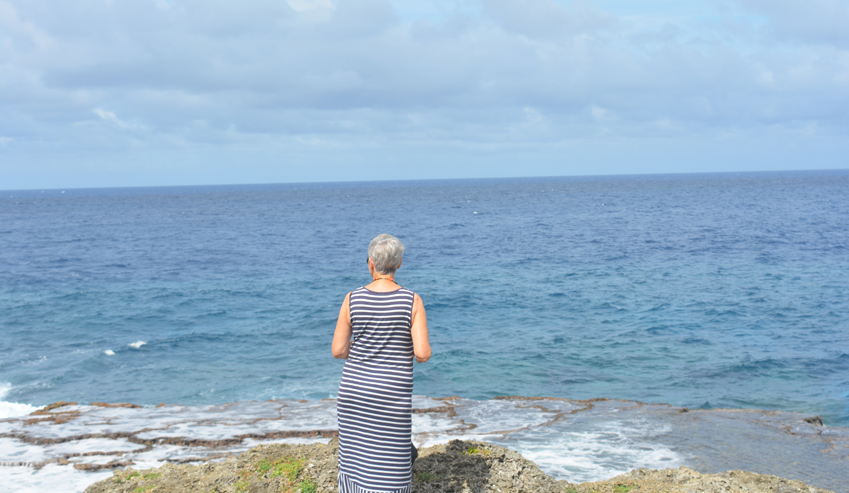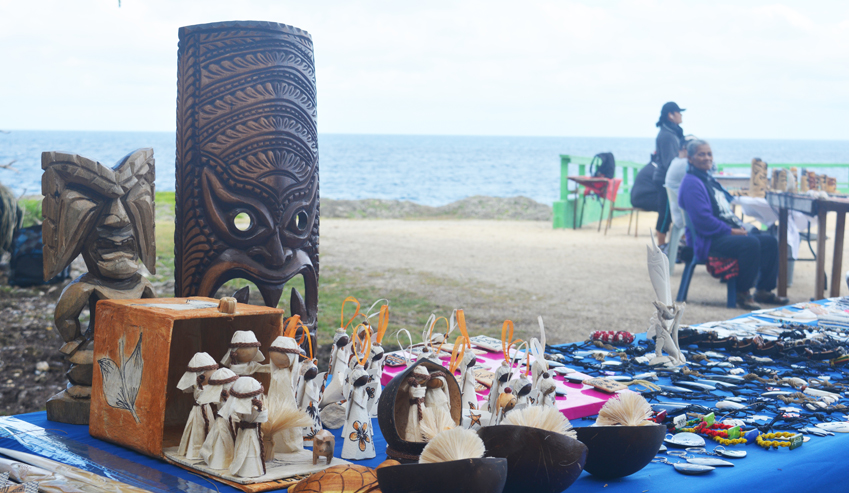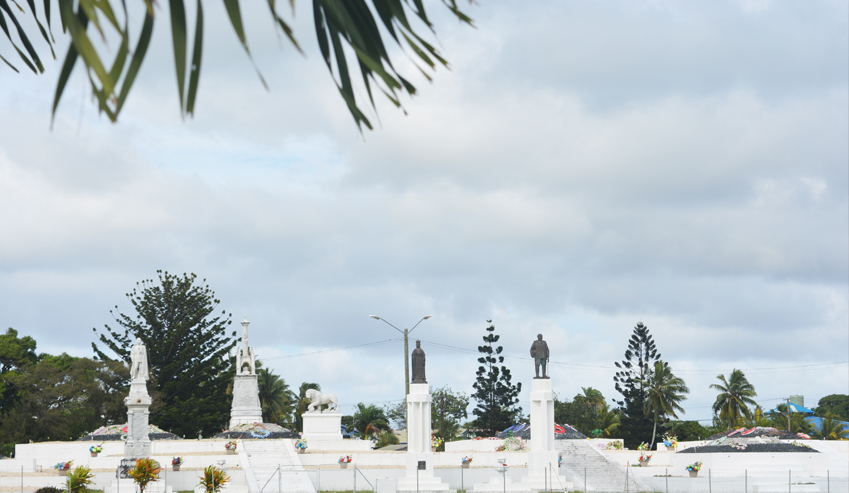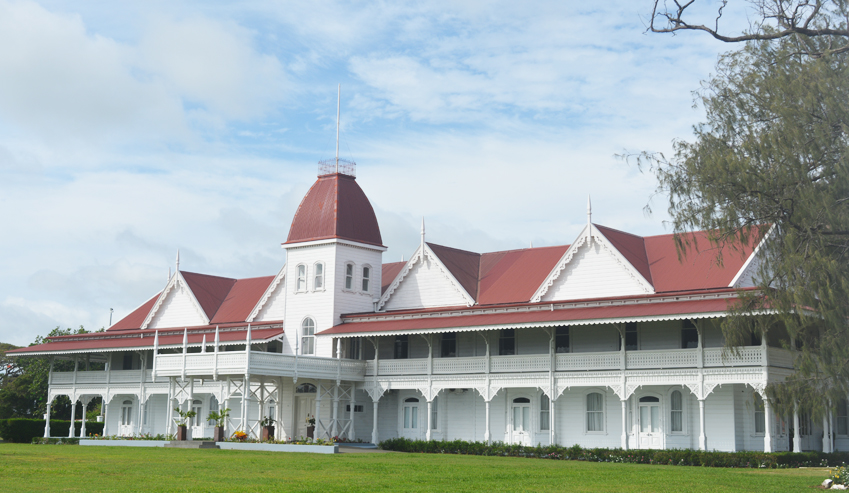General
Highlights of Tongatapu
There are many reasons to visit Tonga, however if you’re only visiting for a short time and would like to do it all, Tongatapu – Whole Island Tour is for you. Capture many pictures as you can and take it back with you as a memento of the Friendly Island of Tonga, but be sure to ask permission before taking any photographs of the local people.
Along the way, you will pass by schools, church and governmental buildings sacred burial grounds, villages and crop plantations. Lunch will be provided.
You will have a chance to see the;
- Royal Palace.
- Royal Tomb.
- 3 Headed Coconut Tree.
- Blow Holes.
- Flying Foxes Colony.
- Abel Tasman Landing Site.
- Captain Cook’s Landing Site.
- Terraced Tombs.
- Ha’amonga Trillithon.
- Maka Fa’akinanga.
- Langi Heketa.
- Extra photo stops.
We promise to make your visit a MEMORABLE ONE.
Duration
6 hours
Departure Time
10:00AM
Introduction
- Royal Palace- Home of the Royal family. Historically the Privy Council was held at the palace. It was built in 1864 using Kauri timber from New Zealand.
- Royal Tomb-(Mala’e Kula): The royal tombs of the Tupou Royal Family are situated on the grounds of the Malaekula (Red Ground) following the death of King Siaosi (George) Tupou 1 in 1893, a Royal tomb was built.
- Three headed coconut tree- a brief stop will be made to take a photo of the bizarre three headed coconut tree.
- Blow Holes- The best view is from the village of Houma. As the southerly winds blow into the sea is driven into the Southern coastline and sea spray erupts into the air. Vaea whistle or Mapu a Vaea are the most famous blowholes along the coastline.
- Flying Fox- In the Kingdom of Tonga, flying foxes have the good fortune of being considered sacred. The bats are the official property of the king, and no one but royalty is allowed to hunt them or harm them in any way. Because they are protected from human exploitation--the most severe threat to bats throughout the Pacific Islands--the Tongan bats have maintained a relatively stable population. In addition, for many years, Tonga has enjoyed the absence of any devastating cyclones.
- Abel Tasman Landing Place-You will also stop at the place where the first English Explorer that first visits the Kingdom of Tonga.
- Captain Cook Landing Place- In the 1760s the Royal Society in England was considering Tongatapu as a potential location for viewing and recording the next transit of Venus, occurring in 1769. Captain James Cook had been chosen by the Royal Society to serve as navigator upon the voyage, and a short 3 months before he was due to set out, explorer Samuel Wallis returned to England with news of the newly charted King George’s Island (Tahiti). It was quickly agreed that this was the most suitable location in the South Pacific for viewing the transit of Venus, and Cook set off.
- Langi- The term “langi” is very rich in meaning, referring not only to the tomb but to the Royal vocabulary for the King’s “face”. A “langi” tomb always refers to a special burial place for chiefs or Kings, although there is no great different between the basic design and use of the langi and the more ordinary fa’itoka (graves) of the common people. The real different is magnitude: while commoners were buried in shallow sand mounds, the nobility had stone mounds erected and a stone lined burial vault on the top.
- Ha’amonga Thrillthon- The name Ha’amonga ‘a Maui means ‘Maui’s burden’, referring to the Polynesian God Maui, who according to legend formed the Kingdom of Tonga by fishing the islands from the depths of the sea. The Ha’amonga is a form of yoke or carrying pole worn across the shoulders, in a similar shape to that of the trilithon. It is thought that only a great god like Maui would have the strength to carry a yoke such as this.
- Maka Faakinanga: The Maka Faakinanga stone is made of the same rock as the Ha’amonga, and is thought to have been erected at the same time. It is said that Tu’i Tatu, who is reported to have stood 7 feet 9 inches tall, would sit with his back against the stone facing the water. Here, holding a long staff, he would strike out at anyone who came near, as he feared being assassinated.
- Langi Heketa: is located further into the compound. This three-tiered royal burial mound has been created using slabs of beach rock, and appears slightly trapezoidal in shape. The Langi Heketa is an important structure, as it is thought to be the oldest of these tomb-style structures on Tongatapu, and a prototype for the langi now found in Mu’a.
- Extra Photo Stops can be arranged (conditions apply: has to be confirmed with Tour guide)
Itinerary
If you're staying at a Hotel in town then your tour itinerary will be;
1000hrs - Pick up from the Hotel and depart for the Whole Island Tour.
Lunch time can be arranged for a beach resort or hotel.
But if you're staying at Eastern or the Western side, then tour is possible to start from there and end up in the capital before dropping off to the Hotel.
Come now, take a chance to experience Tonga and it's Friendly people.
- City tour inclusive Royal Palace and the Royal Tomb.
- Visit the Western side for a look at the amazing Mapu 'a Vaea Blowholes, Three headed coconut tree, Flying foxes and the Landing Place of Abel Tasman.
- Visit the Eastern side for Captain Cook's Landing place, Langi or the Terraced Tombs and Ha'amonga Trilithon, Maka Fa'akinanga and the Langi Heketa.
Lunch time can be arranged for a beach resort or hotel.
But if you're staying at Eastern or the Western side, then tour is possible to start from there and end up in the capital before dropping off to the Hotel.
Come now, take a chance to experience Tonga and it's Friendly people.
Participant Guidelines
Minimum no. of participants: 1 person
Maximum no. of participants: 17 persons
What to Bring
- A hat
- Sunscreen
- Comfortable shoes
- A bottle of water
Maximum no. of participants: 17 persons
What to Bring
- A hat
- Sunscreen
- Comfortable shoes
- A bottle of water
Children Policy
Children are most welcome!
Pickup Info
Can be arranged.
Cancellation Policy
- Cancellations made at least 7 days prior to tour departure date incur a cancellation fee of 25%.
- Cancellations made between 7-1 day prior to tour departure date incur a cancellation fee of 50%.
- Cancellations made within 24 hours of tour departure date receive no refund.
Available departures
We are sorry, there are no reviews yet for this tour.
Tour Rate
Adult: AUD 117
Child: AUD 58.50
Child: AUD 58.50









